
A Brief History of WiFi
Wi-Fi, networking technology that uses radio waves to allow high-speed data transfer over short distances.. Wi-Fi technology has its origins in a 1985 ruling by the U.S. Federal Communications Commission that released the bands of the radio spectrum at 900 megahertz (MHz), 2.4 gigahertz (GHz), and 5.8 GHz for unlicensed use by anyone. Technology firms began building wireless networks and.

The Evolution of WiFi networks from IEEE 802.11 to WiFi 6E
Although the first three generations of Wi-Fi---802.11, 802.11b, 802.11a---saw some uptake among corporations and early adopters, the introduction of 802.11g in 2003 truly pushed Wi-Fi into the mainstream. It was superseded by 802.11n or Wi-Fi 4 in 2008, which significantly improved the Wi-Fi link rate by introducing MIMO and a channel.

WiFi 101 — WiFi Origins and History — McCann Tech
The real shift happened in the late 1990s, when Vic Hayes — known to many as the "father of WiFi" — introduced the concept of an international standard for wireless networking, known as the IEEE 802.11 standard. In 1999, Hayes and his team at the Institute of Electrical and Electronics Engineers (IEEE) updated the standard for WiFi to.

History of WiFi Standards (IEEE 802.11 Protocols Explained) YouTube
The history of WiFi is long and interesting. In 1971, ALOHAnet connected the Hawaiian Islands with a UHF wireless packet network. ALOHAnet and the ALOHA protocol were early forerunners to Ethernet, and later the IEEE 802.11 protocols, respectively. Vic Hayes is often regarded as the "father of Wi-Fi.". He started such work in 1974 when he.
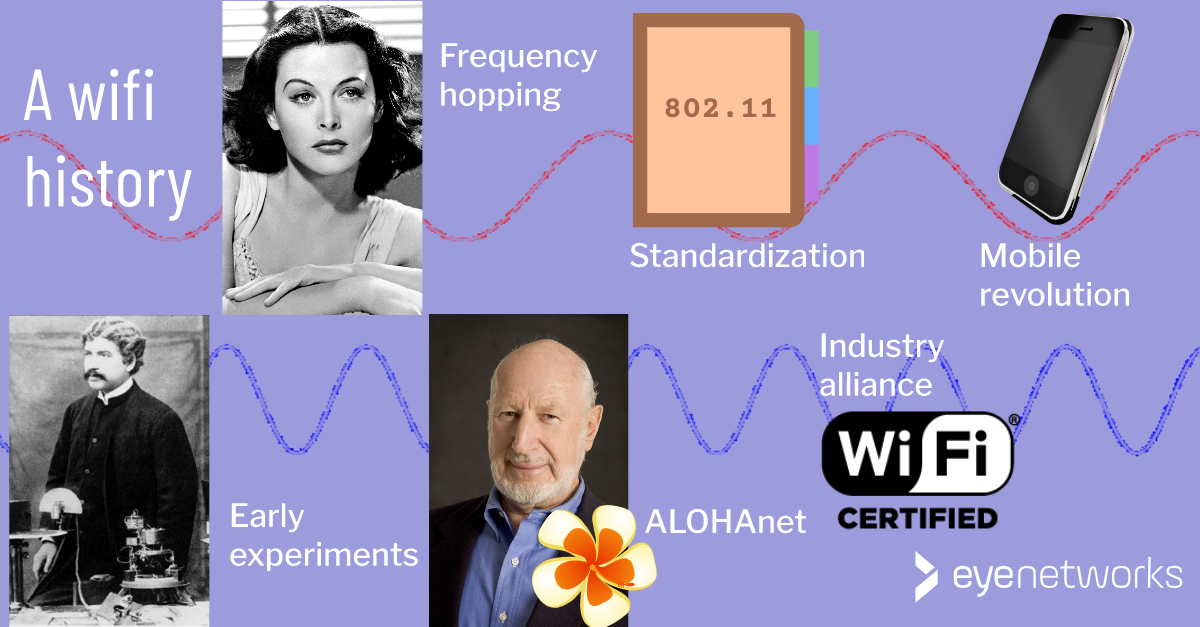
The History of WiFi
The first generation of WiFi products was only able to reach a data rate of 11Mbit/s. To enhance speed, earlier versions (802.11b and 802.11a) are combined to offer users a WiFi speed of 54Mbps (802.11g). 2004 WiFi devices start hitting the market. The one device that's most popular out of all the ones that came out is the WiFi-enabled cellphone.
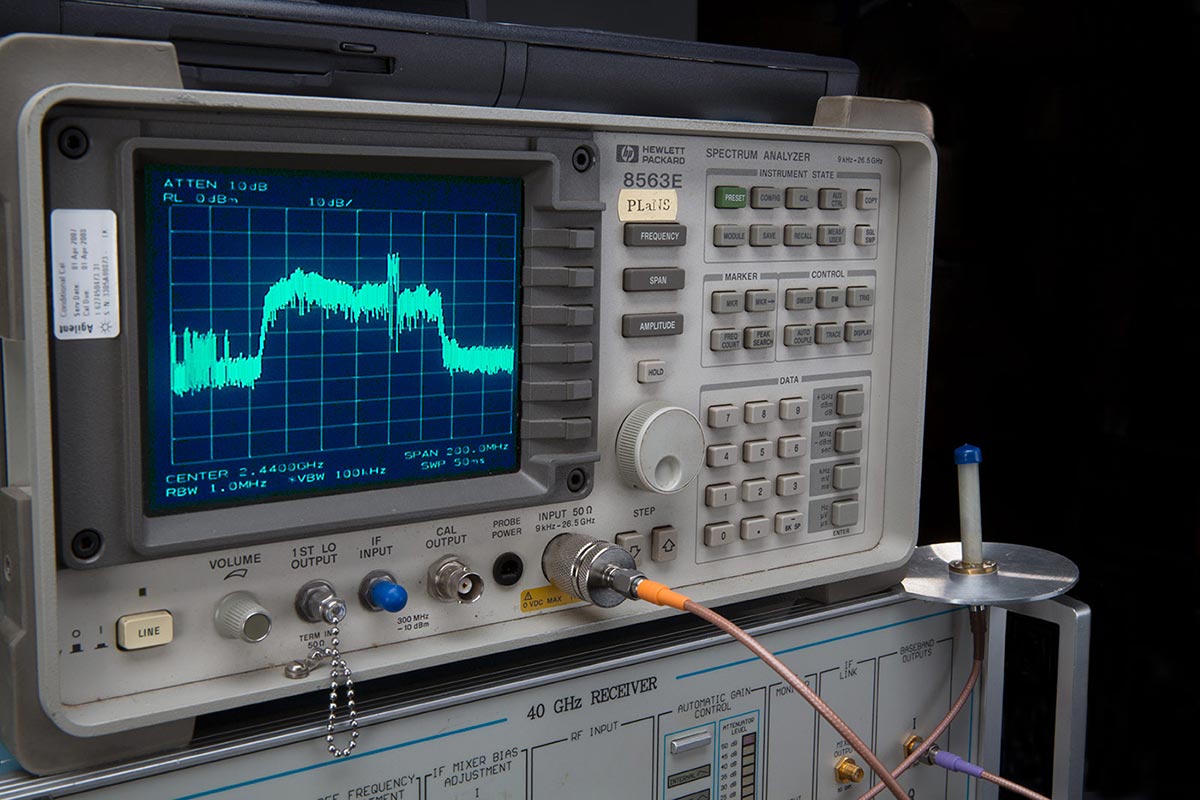
Wifi National Museum of Australia
WiFi was invented and first released for consumers in 1997 when a committee called 802.11 was created. This led to the creation of IEEE802.11, which refers to a set of standards that define communication for wireless local area networks (WLANs).

WiFi 101 — WiFi Origins and History — McCann Tech
In 1997, the IEEE ratified the original 802.11 standard —the "802.11" technology term simply refers to Wi-Fi. In 1999 wireless was introduced to the general public as a "nice to have" with the 802.11 a and b ratifications. These standards had very low speeds (up to 54 Mbps & 11Mbps respectively) but it was ok, because there were no.
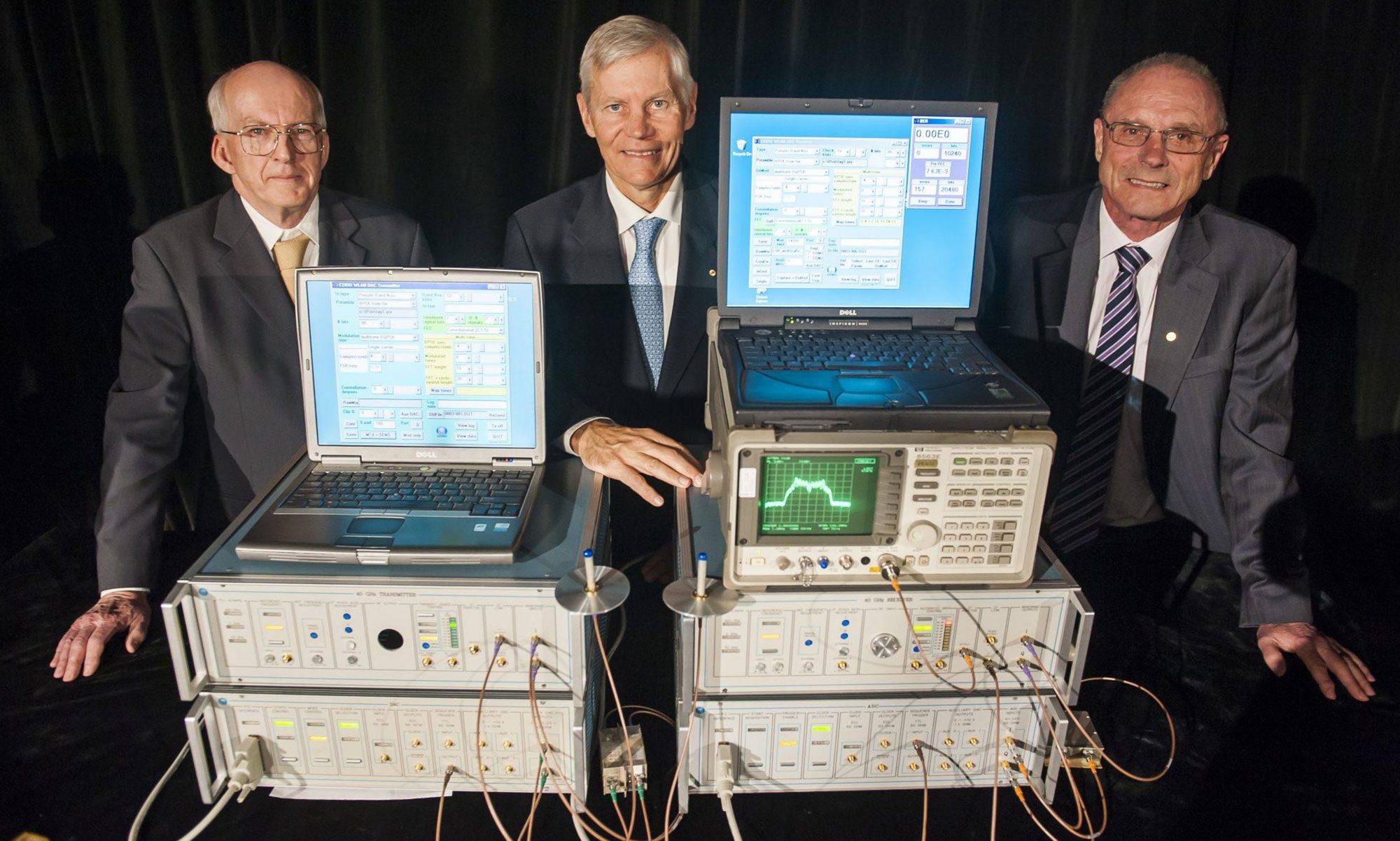
Dr John O’Sullivan The inventor of modern WiFi Pause Awards
The history of wireless local area networks (WLAN) stretches back more than a century to the work of Guglielmo Marconi, the Italian inventor who began experimenting with radio waves in 1894. WLAN uses long radio waves, which Marconi discovered could carry complex signals. In the First World War, both sides used radio technology.
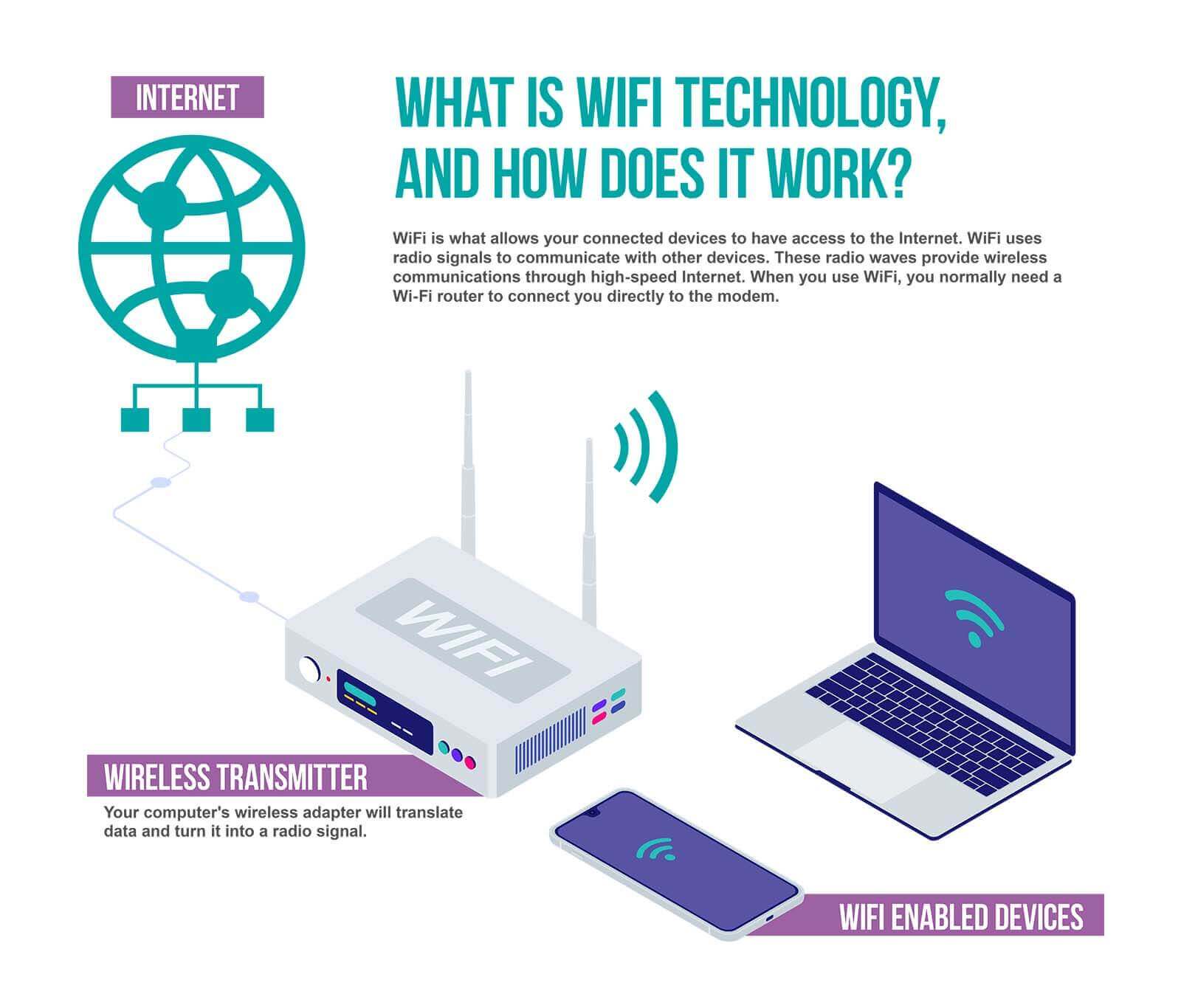
A Brief History of WiFi
The 802.11 group continued to work throughout the 1990s to develop the standard, which was a long and complicated process. It took 7 years and input from countless engineers to form the first Wi-Fi standard, known as 802.11-1997. The first Wi-Fi standard was in some ways a messy compromise.
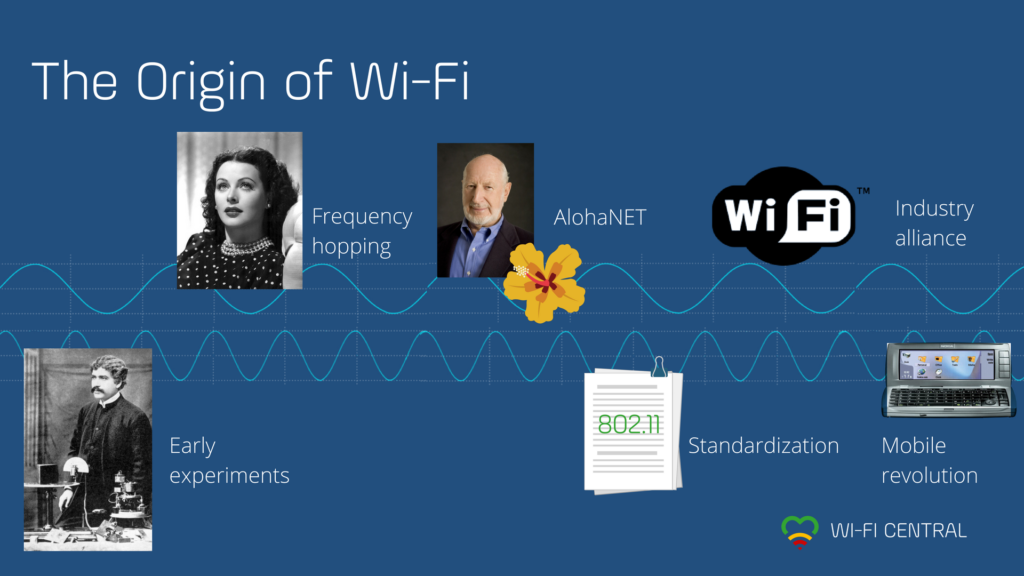
The History of WiFi
802.11b (1999): This update to the initial standard increased the maximum speed to 11 Mbps. It was the first widely adopted Wi-Fi standard among home users. 802.11a (1999): This supported up to 54.

El origen del Wifi UNIKA FM
802.11-1997 was the first wireless networking standard in the family, but 802.11b was the first widely accepted one, followed by 802.11a, 802.11g, 802.11n, 802.11ac, and 802.11ax. Other standards in the family (c-f, h, j) are service amendments that are used to extend the current scope of the existing standard, which amendments may also.
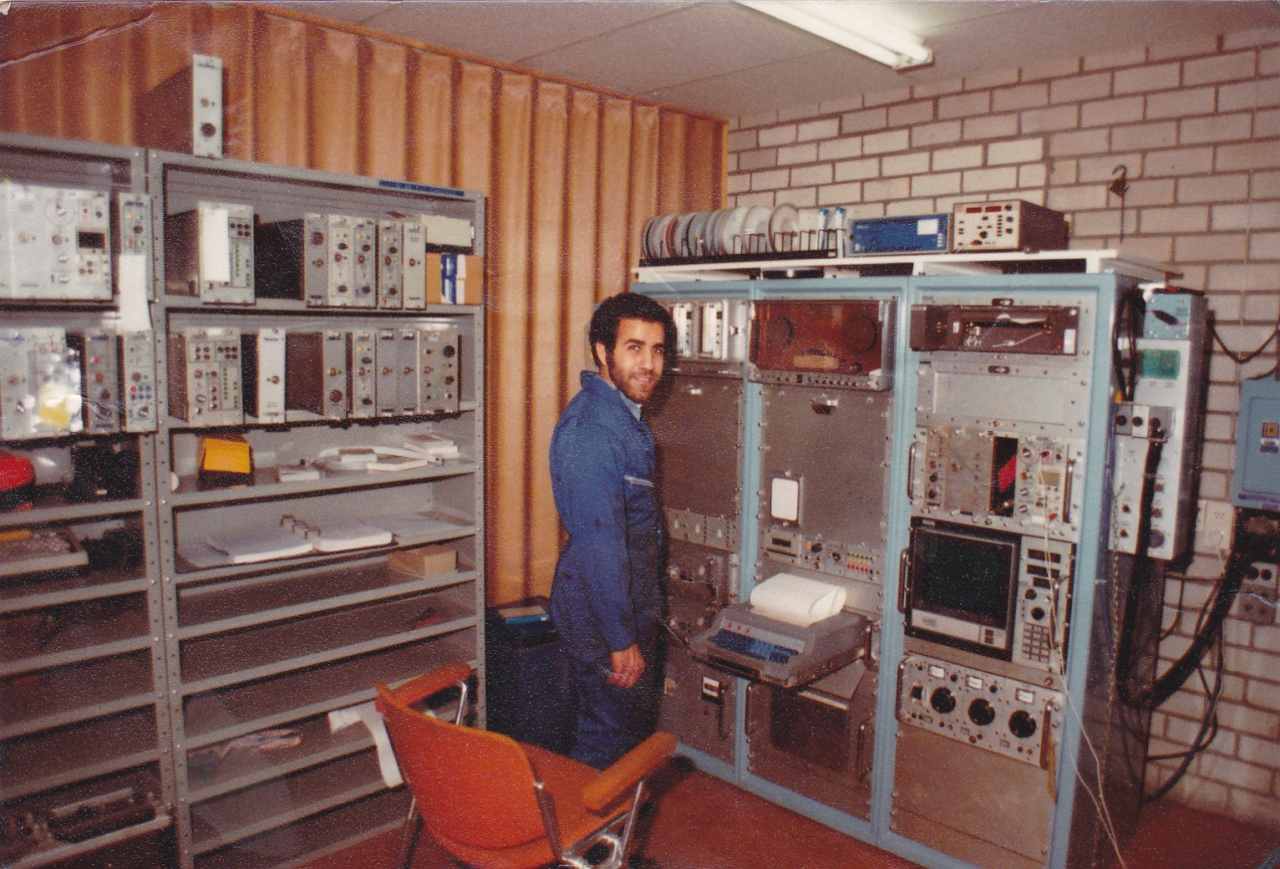
Meet the Egyptian inventor of the origins of the WiFi Egypt Independent
Wi-Fi (/ ˈ w aɪ f aɪ /) is a family of wireless network protocols based on the IEEE 802.11 family of standards, which are commonly used for local area networking of devices and Internet access, allowing nearby digital devices to exchange data by radio waves.These are the most widely used computer networks, used globally in home and small office networks to link devices and to provide.
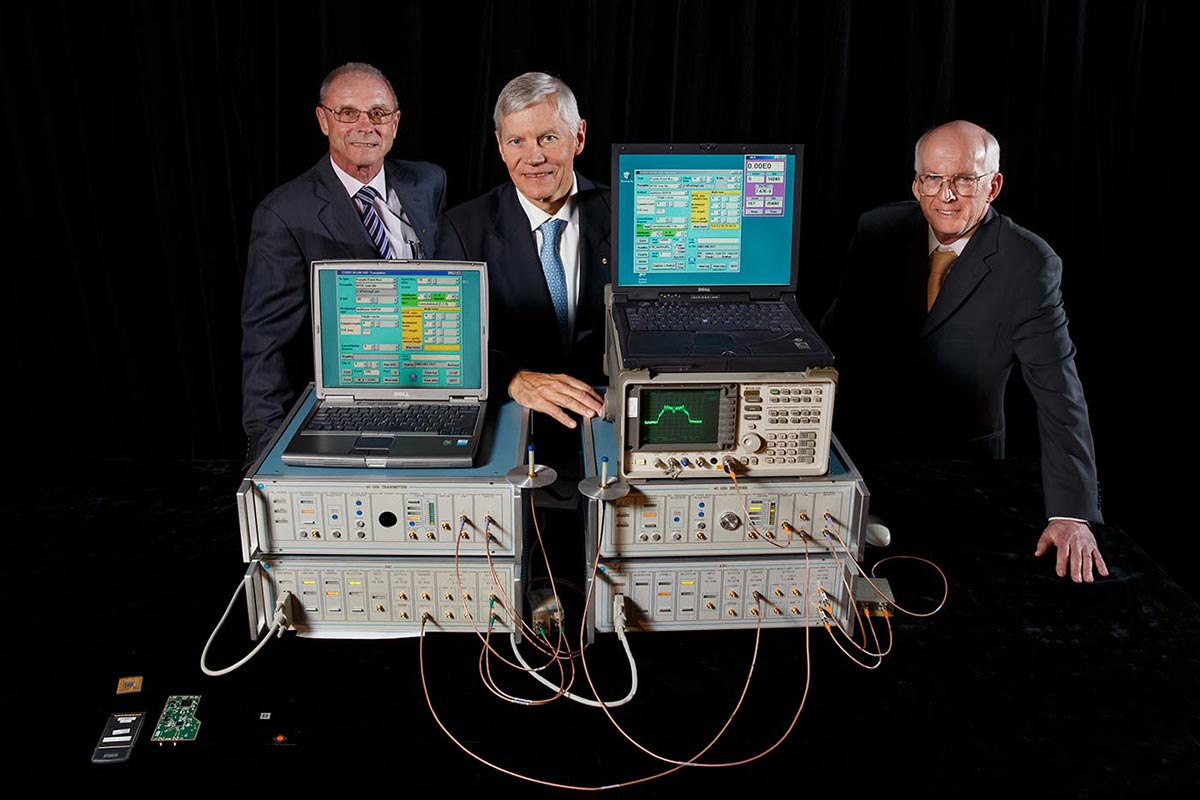
Wifi National Museum of Australia
Victor Hayes gets the credit for inventing Wi-Fi, but like many inventions, more than one person is involved. This article explains the origins of Wi-Fi and describes the people and tech that made it possible. It also explores how Wi-Fi has developed and changed over the years. Place the Wi-Fi router in its natural position.
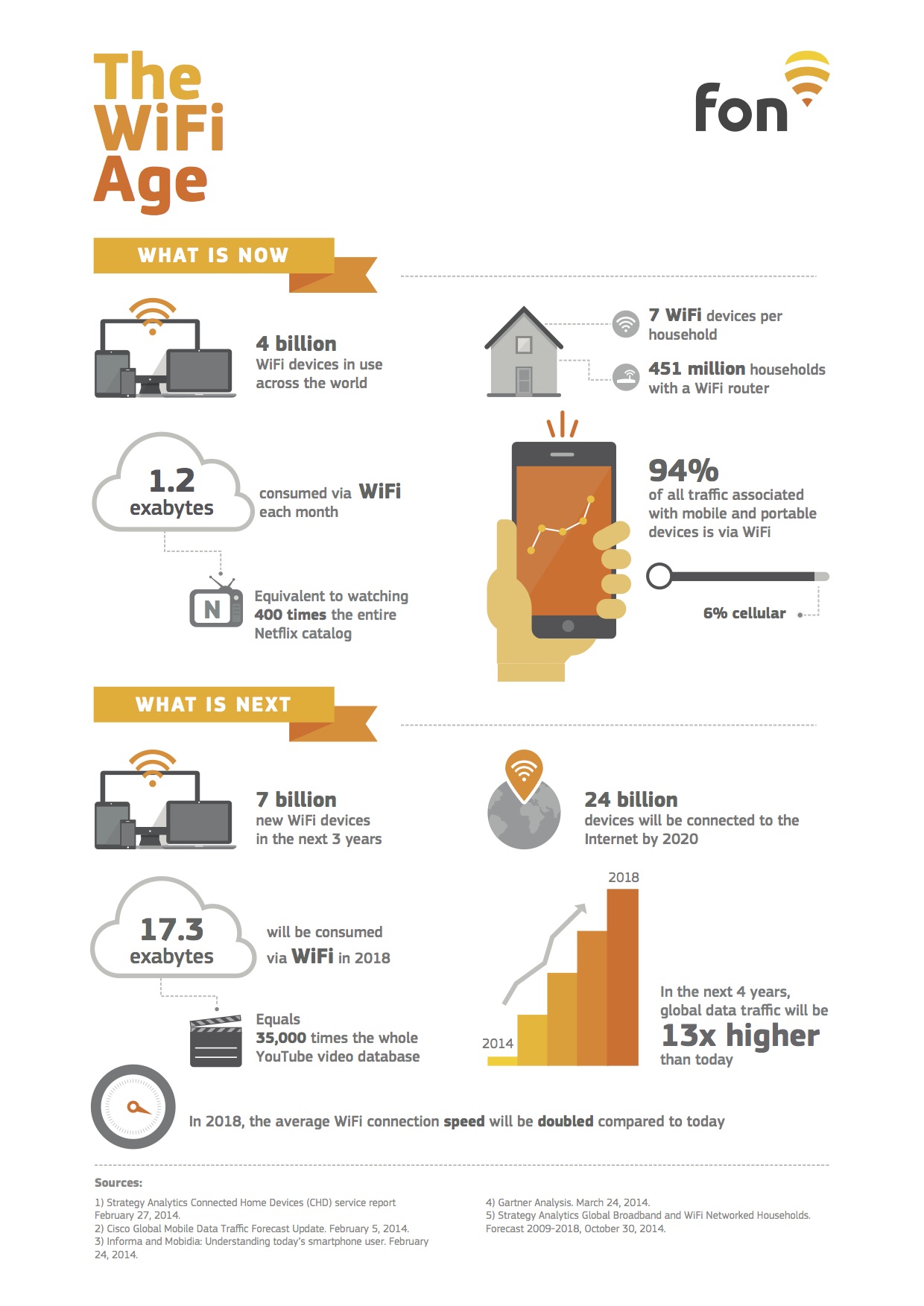
15 years of WiFi a timeline Fon The global WiFi network
The first wireless transmitters in the late 1890s ushered in a century of innovation. While wireless technology effectively amounted to sending a single signal for a few miles, Victorian-era.
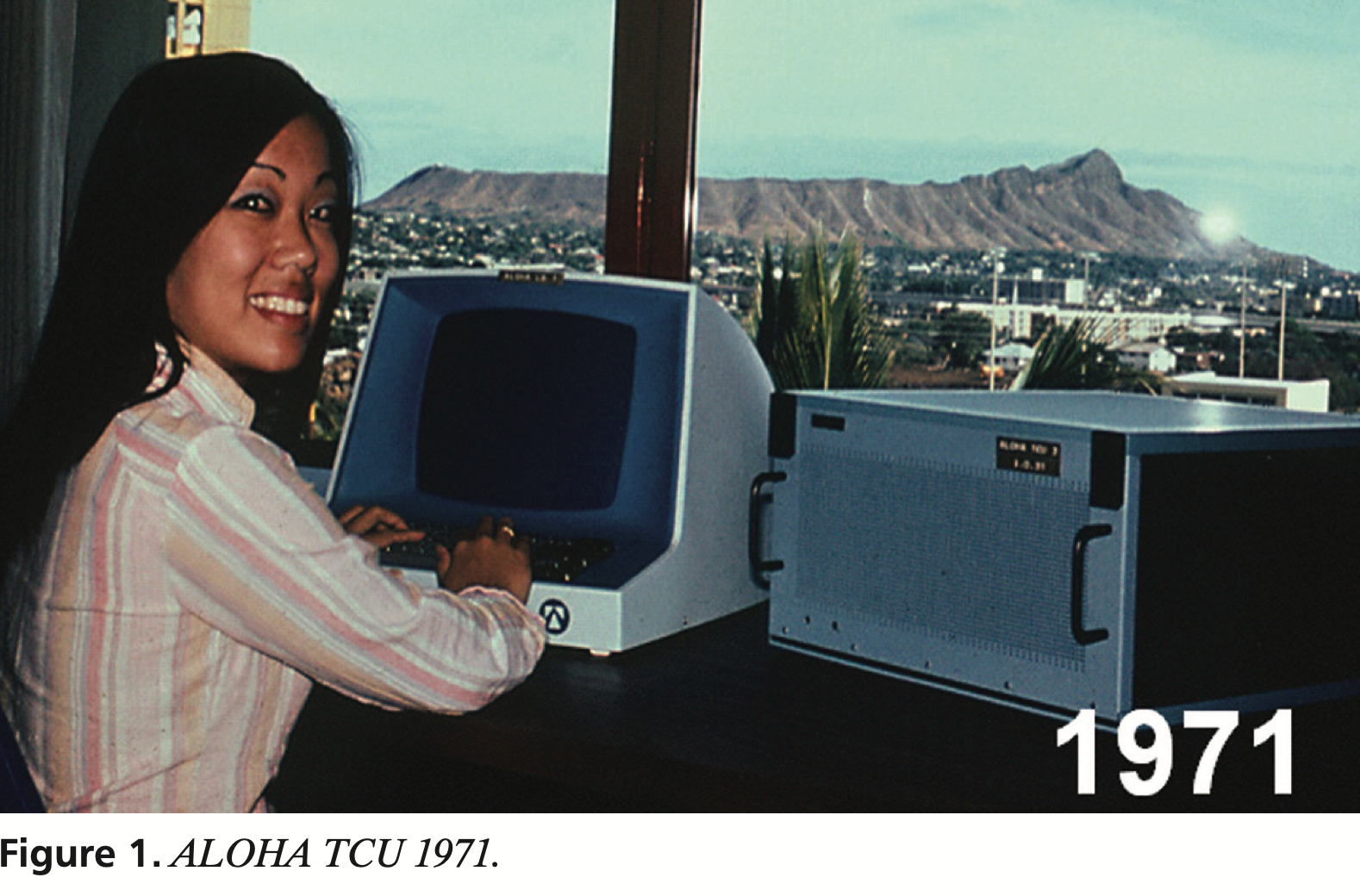
WiFi 101 — WiFi Origins and History — McCann Tech
The Wi-Fi Alliance was established later the same year, ensuring wireless internet access was primed to become the norm everywhere from Nantucket to Timbuktu. Faster, Faster, Faster!. In 2014, the first big upgrade occurred. The original 802.11 standard pioneered by Hayes was levelled up to 802.11ac. This cleared the path for more rapid.

Who Invented WiFi? SECURE A COM
By Colleen Cheslak | 2018. Hedy Lamarr was an Austrian-American actress and inventor who pioneered the technology that would one day form the basis for today's WiFi, GPS, and Bluetooth communication systems. As a natural beauty seen widely on the big screen in films like Samson and Delilah and White Cargo, society has long ignored her.